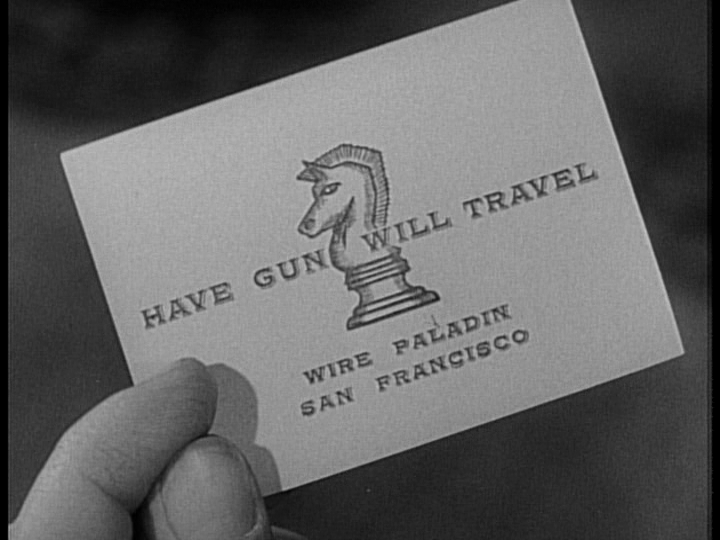We’ve been discussing the three “T” traits necessary for achieving goals and fulfilling dreams. Talent is important, of course — and it can be acquired through hard work — but often it takes more than talent. Tenacity is often what counts: not giving up when repeatedly greeted by rejection, or confronted with seemingly insurmountable obstacles, or when dealing with past mistakes and failed attempts. And sometimes, it’s all about the Timing. As we mentioned in Friday’s Diet for Dreamers, Desi Arnaz seemed to be able to sense when the timing was right. But for the rest of us creators and dreamers, about the best we can do, beyond developing our talents and being tenacious, is to pray for the right timing to find us when we need it most: a door of opportunity that suddenly opens, a special need that we’re uniquely suited to fill, or just a deadline that someone’s desperate to meet.

Today, we’ll tell you about a talented and tenacious creator who might never have realized his dreams had he not stumbled upon a golden opportunity; and a legendary TV show that probably never would have made it to the air had the timing not been right.
Eugene found himself at the right place at the right time and with the right ideas. And he really needed the break. He’d been a Los Angeles cop before trying his hand at writing for television. He was good at it, too. He began writing scripts for — what else? — crime shows such as Highway Patrol and Mr. District Attorney, but he quickly graduated to other types of series, particularly westerns. In fact, he wrote 24 episodes of the popular 1950s show Have Gun — Will Travel. Eugene’s scripts were both popular with audiences and praised by the critics. But the writer wanted more. He dreamed of creating and producing his own show.
In television, ideas for new shows are often tested before a network or cable company makes a commitment to financially back and “air” the series. A “pilot” is ordered and produced, so TV executives can see, literally, if a concept works on film, and measure its audience appeal. During the early 1960s, Eugene continued to pitch ideas for new shows. The networks knew he was talented, so 12 times the execs gave the writer a chance to prove himself. 12 times Eugene pitched concepts for possible series. Out of all these attempts, only 4 of his proposals intrigued the execs enough to make it to the pilot stage.
 Eugene wrote and helped produce these 4 pilots, but none of them were picked up for regular series. Eugene kept trying, though! (We told you he was tenacious.) And finally, he came up with an idea that made it into production! Happy ending? Not yet. Despite its popularity, his new show was cancelled at the end of its first season. You see, Eugene liked to write about controversial social issues, such as racism, and this made the TV execs nervous.
Eugene wrote and helped produce these 4 pilots, but none of them were picked up for regular series. Eugene kept trying, though! (We told you he was tenacious.) And finally, he came up with an idea that made it into production! Happy ending? Not yet. Despite its popularity, his new show was cancelled at the end of its first season. You see, Eugene liked to write about controversial social issues, such as racism, and this made the TV execs nervous.
After this last failure, Eugene decided to pitch a science fiction show. If it sold, he’d be free to write about all the social ills that troubled him, because he’d simply dress up the touchy topics in Sci-fi trappings. Aliens would deal with bigotry. Wars would be protested on other planets. Audiences would get the message, but no one could be offended because Eugene wouldn’t be writing about OUR SOCIETY — after all, this would be “make believe” stuff! A great idea — if it sold.
Eugene now had three big obstacles before him. He’d acquired a reputation for being a troublemaker — albeit, a talented troublemaker. Second, science fiction was a tough sell in the 60s. Third, there were only 3 networks in this Golden Age of TV, and two of them had already turned him down flat.

The ex-cop turned controversial writer had only one door left he could knock on. Things were not looking good for his new SF series. But a strange combination of circumstances were coming into play: a studio struggling financially, a network fighting to win the ratings race, and the marketing of the first color TV sets. Tune in Monday for the conclusion of our little fable!
